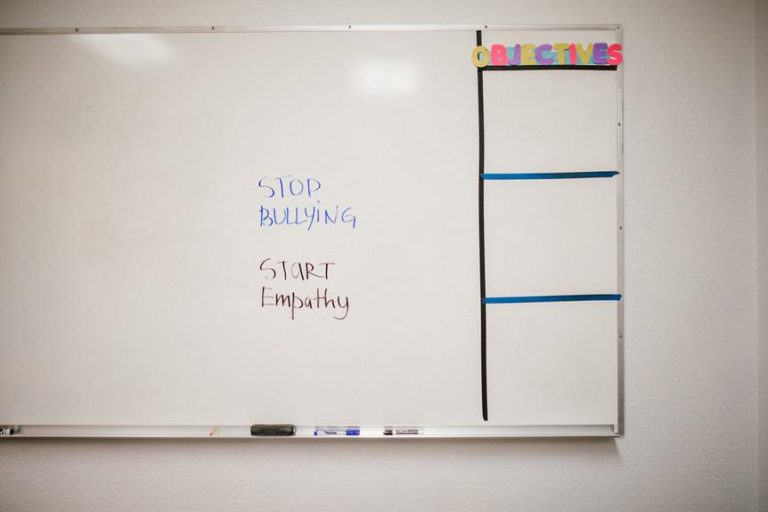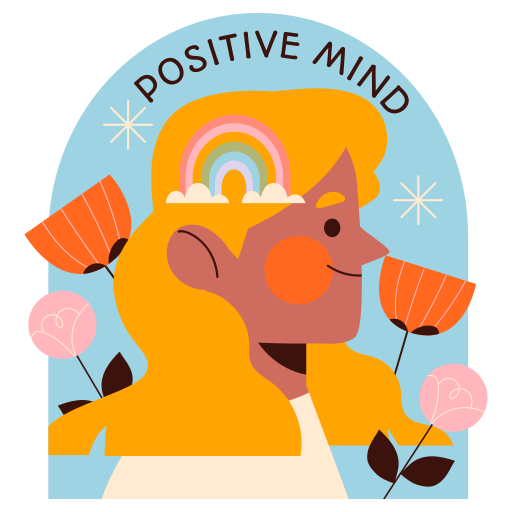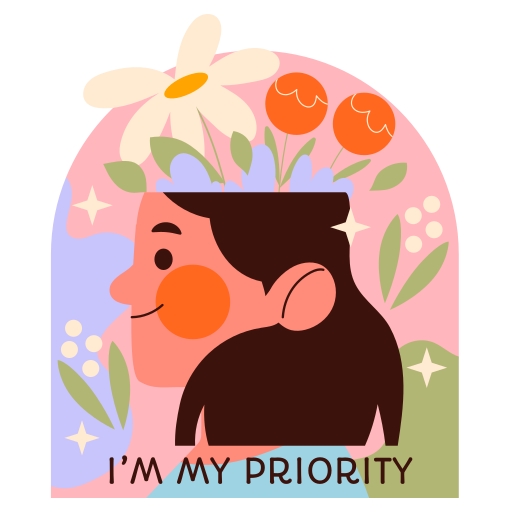Have you ever wondered about the sneaky behaviors that can hide in relationships? Let's talk about '11 Bad Intentions Examples' – a peek into the world of manipulation. From sly emotional tricks to outright control, these signs help us see through deceit. By understanding hidden agendas, we gain power to unravel the truth behind seemingly innocent actions. This journey reveals a range of behaviors that challenge our views and urge us to understand relationships better. Let's explore these warning signs to navigate human interactions more wisely.
Love Bombing
Have you ever experienced someone showering you with constant affection and attention, making you feel like the center of their world? This tactic is known as love bombing, and it can be a deceptive strategy used to gain control over individuals. Let's explore what love bombing is and how to recognize the warning signs.
Love bombing involves overwhelming displays of affection, such as intense flattery, constant communication, and extravagant gestures, to create a sense of emotional dependence. Here are some key points to help you understand this manipulative tactic:
- Love bombers may push for quick commitment and isolate you from friends and family.
- They demand excessive amounts of your time and attention, testing your boundaries.
- Warning signs include a rapid progression in the relationship, unrealistic promises of eternal love, and insistence on exclusivity early on.
- Love bombers often alternate between extreme adoration and withdrawal, leaving you confused and seeking their affection.
It's essential to recognize these warning signs to protect yourself from falling into a manipulative trap. By understanding what love bombing is and staying aware of the signs, you can safeguard your emotions and actions from control tactics.
Stonewalling
Are you familiar with stonewalling? It's when someone shuts down during a conversation, making it hard to resolve issues and keep a healthy relationship. Let's uncover some key points about stonewalling:
- Blocks Solutions: Stonewalling stops us from fixing problems, causing them to pile up.
- Hurts Feelings: By avoiding communication, stonewalling can harm the bond between people.
- Leads to Frustration: It can leave you feeling frustrated and alone.
- Avoids Responsibility: People use stonewalling to dodge taking blame and control situations by refusing to talk.
How can we overcome stonewalling? Stay calm, give space, ask questions, and be patient when trying to talk things out. By nurturing open communication, we can build stronger connections.
Future Faking
Have you ever been promised a future full of commitment and love, only to find out it was all a lie? That's what we call future faking, a sneaky trick some people use to manipulate others in relationships. Let's break it down in simpler terms:
- Future faking is when someone makes fake promises about a future together to control their partner's feelings.
- These promises are not real, and the person has no intention of keeping them.
- It's like building a sandcastle that looks strong but crumbles when you touch it.
- People who do this only care about what they want, not how it hurts their partner.
To protect yourself from future fakers, remember these tips:
- Watch out for big promises that seem too good to be true.
- Be honest and open in your relationships.
- Set clear boundaries to stop manipulative behavior.
- If someone's words don't match their actions, it might be a red flag.
Boundary Testing
Boundary testing is like when someone tries to see how far they can push your limits. Have you ever felt like someone is invading your personal space or ignoring your feelings on purpose? That's boundary testing in action. Let's break it down:
- What is it? Boundary testing is when someone intentionally crosses the line to control or take advantage of you.
- How does it happen? It can be emotional, physical, or even relational. They might ignore your requests or get too close for comfort.
- Why does it matter? Recognizing these signs is crucial to protect your feelings and well-being.
- What can you do? Setting clear boundaries is key. Don't let anyone take advantage of you or make you feel uncomfortable.
What Differentiates Bad Intentions from Setting Positive Life-Changing Intentions?
Setting positive lifechanging intention examples suggested is about focusing on growth, kindness, and improvement. It involves self-reflection and a desire to make impactful changes in one’s life. Bad intentions, on the other hand, come from a negative place and often involve self-serving or harmful actions towards others.
The Blame Game
Have you ever played the blame game? It's when someone doesn't take responsibility for their mistakes and instead points fingers at others. Let's uncover this sneaky behavior and its consequences:
- The blame game is like passing the hot potato of fault to someone else.
- People who play this game care more about protecting themselves than being honest.
- They might use tricks like gaslighting to make others feel crazy for their own faults.
- By blaming others without reason, they create a toxic environment that hides their own wrongdoings.
- This behavior not only ruins relationships but also destroys trust and encourages everyone to avoid responsibility.
Imagine someone who always blames others but never admits when they're wrong. This can lead to:
- Communication breakdowns
- More arguments
- Stunted personal growth
Recognizing and stopping the blame game is key to having healthy relationships and becoming more accountable. Let's work together to create a blame-free zone!
Frequently Asked Questions
What Does Bad Intentions Mean?
Bad intentions encompass psychological manipulation and deceptive behavior driven by hidden motives. They can lead to harmful consequences for individuals affected by the actions of those harboring such intentions. Recognizing signs of bad intentions is crucial for safeguarding against potential harm.
What Is an Example of a Bad Action With Good Intentions?
Navigating the delicate balance between noble intentions and unintended harm is complex. Instances where actions meant to protect or shield inadvertently cause damage exemplify the challenging terrain of good intentions leading astray, a common pitfall in human interactions.
What Is an Example of a Bad Action?
Engaging in harmful behavior that results in negative consequences is an example of a bad action. Such unethical actions often stem from malicious intent, leading to detrimental outcomes for individuals or groups affected by the misconduct.
How Do You Know if Someone Has Bad Intentions?
Recognizing signs of bad intentions involves observing inconsistencies between words and actions, patterns of manipulation, and self-centered behavior. Trusting instincts when sensing ulterior motives is crucial. According to a study by Harvard Business Review, 80% of people misjudge others' intentions.

















